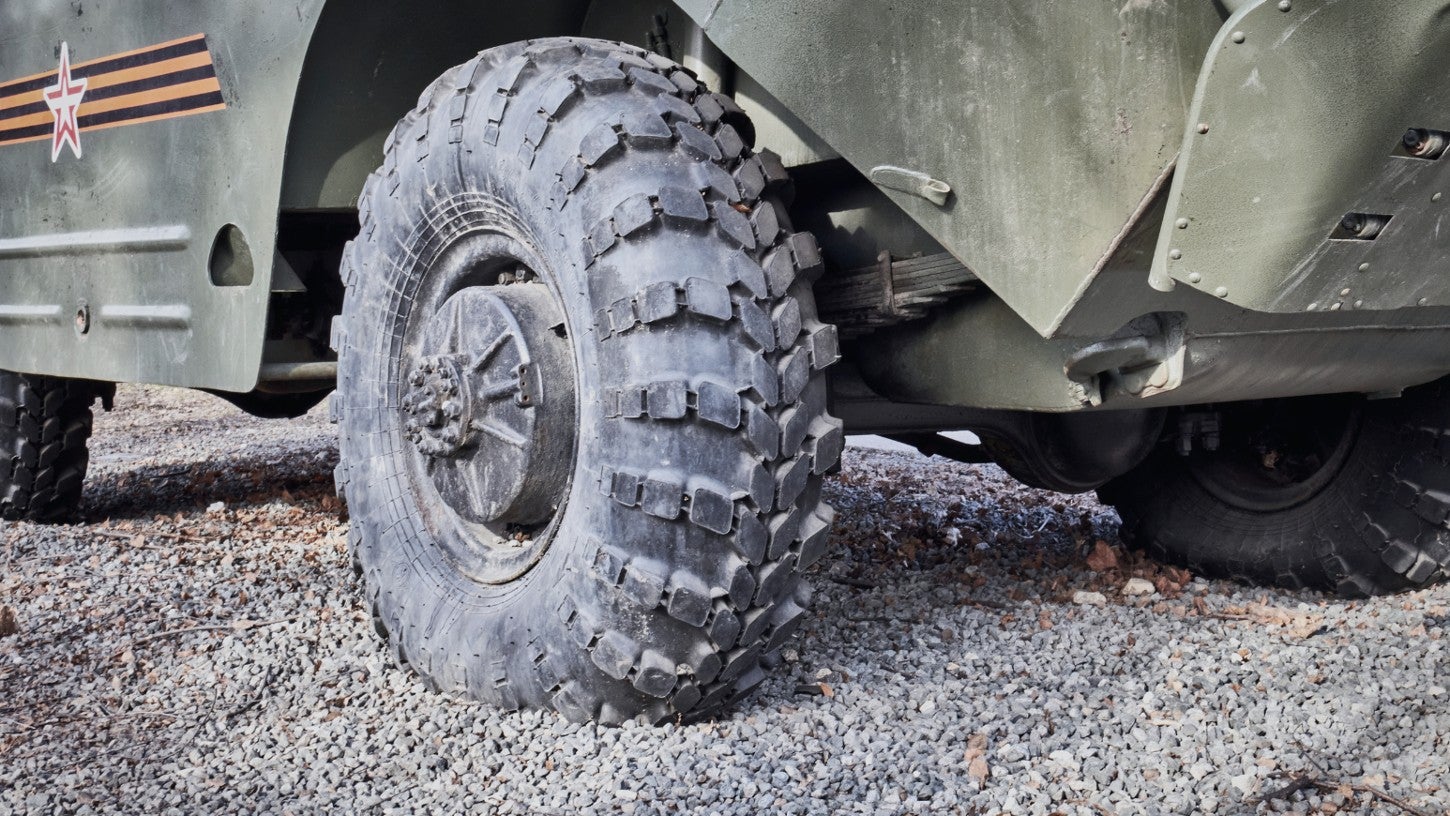
Run-Flat tires are meant to run even when punctured. Vehicles used by military operations in hostile environments and are designed to attack rather than to retreat. Thus, mobility is crucial for military vehicles, and the tires must be able to handle impacts when off-road and withstand ballistic attack. Consequently, the first run-flat tire was designed by Michelin specifically for military use, which can even withstand bullet injuries. Run-Flat tires, when deflated, give up to 50 km of operation at a speed of up to 80 kilometres per hour.
How Many Different Types of Run-Flat Tires
Over the years, Run-Flat technology has evolved rapidly. Their methods of protection now distinguish three types of run-flat tires as a result of continuous innovation.
- The Self-Supporting Run-flat Tires support the four wheels with specially designed reinforced sidewalls that keep them rolling even in case of a puncture. As a result, the sidewall does not get crushed between the rim and the road, and the tire does not fall off the rim. For this kind of tire, a tire pressure monitoring system is essential since a puncture can cause the tire to lose a significant amount of air without being aware of it. These tires were designed especially for low-profile tires, which are compatible with all standard rims.
- Auxiliary-Supported Run Flat Tires are designed mainly for military forces, from armoured vehicles to military transports and secret service cars. With this system, the tread of a flat tire rests on a ring attached to the wheel when it loses pressure. A major advantage of this type of tire system is that it places most of the mechanical responsibility of providing run-flat capability on the wheel, thus reducing the load on the tire. Auxiliary support systems also can offer better ride quality than traditional tires because of the stiffness of their sidewalls.
- Self-Sealing Run-Flat Tires plug up the hole after a puncture, so the air stays inside the tire. These tires insulate an ordinary tire from hazards like nails and screws by filling an inner lining underneath the tread coats with sealant. The system is not widely used, but it is compatible with tire pressure monitoring systems, and regular tire air pressure checks may help detect the loss of air.
Run-flat tires can increase the survival rate of passengers by allowing them to continue the mission or escape even as the vehicle’s tires lose all air pressure from firings or attacks in hostile environments.

